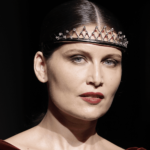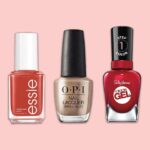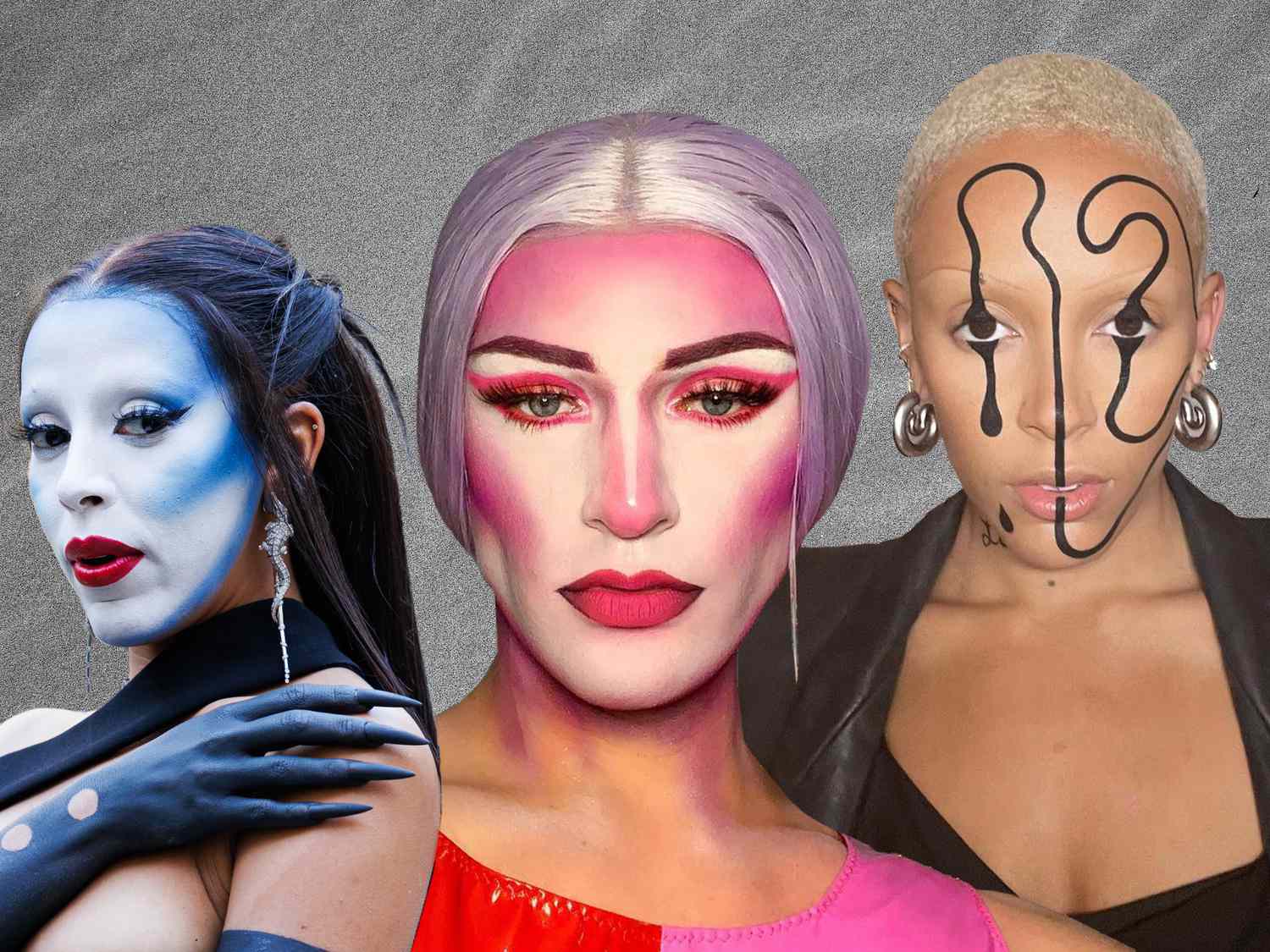
@laurelcharleston Instagram / Getty Images / Byrdie
If you keep any tabs on the world of high fashion, chances are you’ve seen the work of one of the greatest rising talents in the industry. Not the designers of the corsets, stilettos, or sequins that have long been mainstays on red carpets and editorials, but the person behind the makeup that helps bring these garments to life: Laurel Charleston. Charleston is the artist behind Doja Cat’s full body fashion week gold paint and L’Officiel Art covers, as well as Tati Gabrielle’s fashion week glam and Melanie Martinez’s transformative makeup for her new Portals era.
Charleston is quite literally altering the way society views makeup, beauty, and self-expression. So where exactly does she draw her inspiration, and how does she physically craft her signature internet-breaking beauty looks? Ahead, Charleston gives us a behind-the-scenes look at her creative process.

@laurelcharleston
Her Rise to Fame
Charleston got their start in makeup seven years ago as a drag queen and self-described club kid in New York City where they would go to bars and clubs in the most "dramatic flashy" looks to "get into a nightclub [for free] and hopefully get a free drink" too.
However, the flashy looks caught more than the attention of bar patrons and bouncers as, since then, she has quickly ascended to heights most makeup artists only dream about (she's been honored as one of DAZED Magazine's 100 most innovative creatives of 2022, and has been featured in W, Vogue, Them, and more).
Charleston’s major breakthrough came from working with Doja Cat for the Spring/Summer 2023 fashion season, where the Grammy award winner famously wore looks ranging from a fully painted face with body-painted gloves to a mesmerizing optical illusion face. In fact, Doja loved that last look so much she asked Charleston to autograph her neck so she could sport her initials like a clutch.

@laurelcharleston
To create the internet-breaking white and blue face, she used one of her go-to products, grease paint from Ben Nye, saying, “I used the white grease paint and the blue grease paint just to get the initial blend, and then I set it down [with powder] and then went back in with blue eye shadows to deepen it and to add like a darker color right into like the pit of her cheekbone and of course the contour.”
Charleston described this collaboration as "dreamy," saying that because of the "profound reach that individual has," it was easy to conjure up the most avant-garde of inspiration just by looking at the patterns on the clothing and textiles that the star would be styled in. To her, she wanted to ensure that, because this is Fashion Week makeup, her work was an "extension of that fashion moment" that would seamlessly flow with the couture on the rest of her body.
Most of the makeup looks from that week were "a healthy mix" of ideas Charleston would ideate, and Doja would sign off on, or vice versa. Each look, however, took both of their perspectives on beauty into account, creating a string of ensembles that are still ingrained in the cultural zeitgeist and are still an "extension of [their] authenticity."
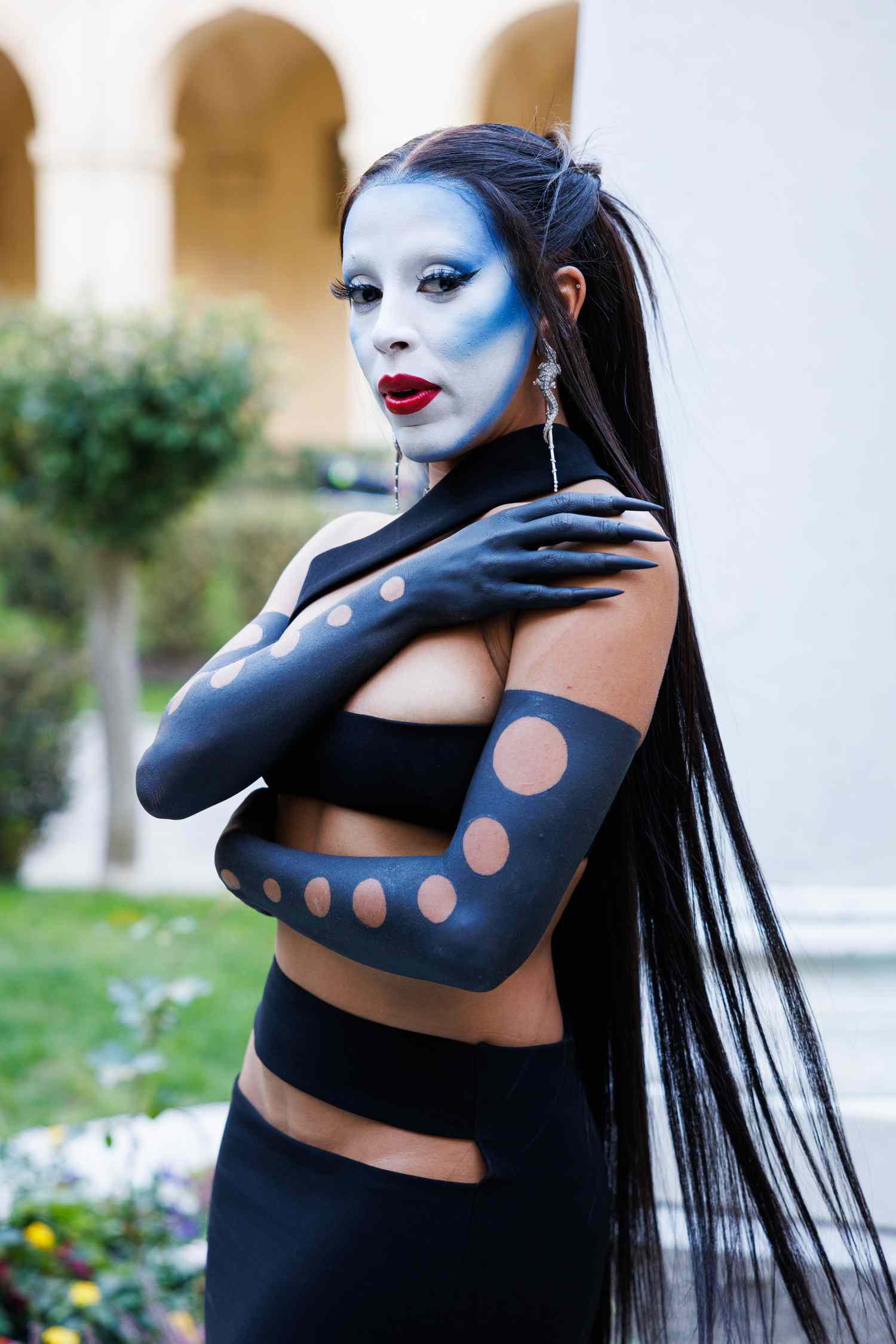
Getty Images
Ultimately, it was this string of collaborations with Doja that opened the fashion world up to her work being seen "not as an accessory" but as "fine art," and also subsequently opened her up to a new pool of talent clamoring to get stamped by the queen of surrealist makeup.
After this collaboration, Charleston was enlisted by Melanie Martinez—indie-pop sensation and former contestant on The Voice—to help bring her vision for her new album Portals to life.
Charleston said when she got the offer, she thought, "Yes, this is what I need to do. She's a big alien," and "This is, like, exactly what I've been doing by myself, or on myself for years." So, she got to work creating a four-eyed pink alien face using two different materials inspired by Martinez's vision of a body of songs exploring reincarnation, the afterlife, and past life regression.
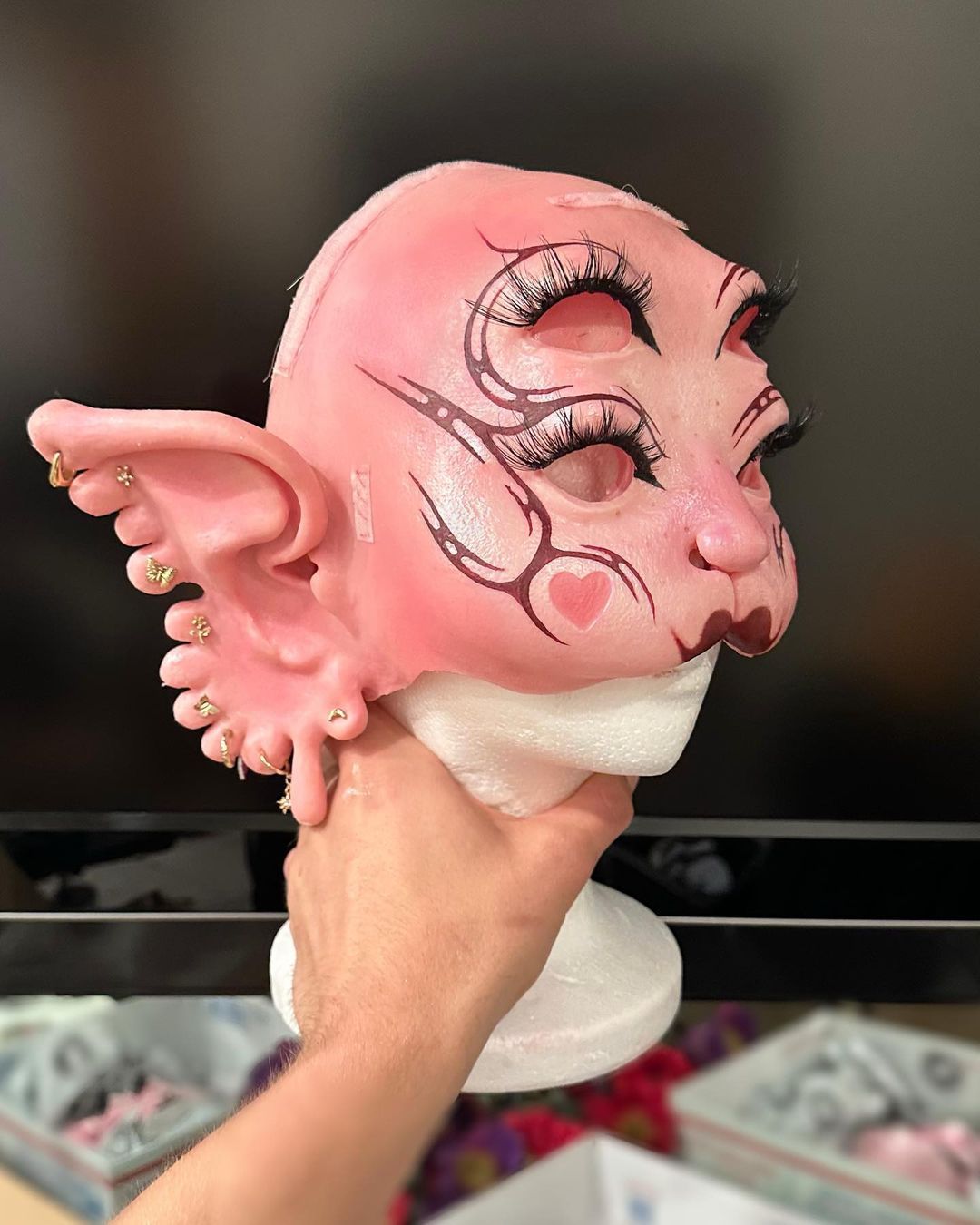
@laurelcharleston
“Pre-tour, she was using a full face of prosthetics, but for the tour, she’s using a silicone mask.” Charleston says, “Because I’m working on a silicone mask. I am able to paint and do full pieces of makeup on these masks and then take it off and then do it again.” Allowing her to create new looks for various tour stops, including spider web makeup for Tampa, Florida, abstract eyeliner for Atlanta, a moth-inspired face for Austin, and, literally, so many more. Of course, all on top of that reusable, scarily-realistic hybrid-esque pink mask.
Her Inspiration and Muses
Creating these feasts of visual creation, Charleston turned to rather unlikely sources of inspiration, as well as people embedded in the history of her community.
"I love finding inspiration from patterns, designs, colors outside of the world of makeup…Like if you zoom in on a leaf, very, very close to the cellular level, you'll see these beautiful, like organic formations; if you lie down under a tree and you look up on a beautiful day, you'll see these organic branching patterns between all the tiny little twigs and leaves."

@laurelcharleston
Charleston explains that taking inspiration from these sources as well as the club kids of the ’70s and ’80s, like the iconic James St. James, is vital in an era when you can scroll on Instagram and see hundreds of makeup artists copying and pasting what’s trending at the moment, which Charleston observes to be lacking necessary inspiration.
Shattering Makeup Boundaries
It is not lost on Charleston that what they're doing is pushing against hegemonic narratives of beauty and makeup, especially while she is traveling for the Portals tour "as a beautiful, tall, and trans woman" going to states like Florida where trans people are being violently attacked by its far-right-wing state government.
"Unfortunately, today, like, just existing as a trans person and having a job is political. Being a visibly trans person is political." She also insists that "showing people that you don't have to conform to these rigid beauty standards is also political."
Charleston explains that "for the last several hundred years, our beauty standards have been crafted by the male gaze, telling women your eyebrows need to look like this, you need to have beautiful lips, you have to contour your cheeks or else you're f*cking ugly. Like that's oppressive," and the opposite of what she hopes her work inspires in the world.
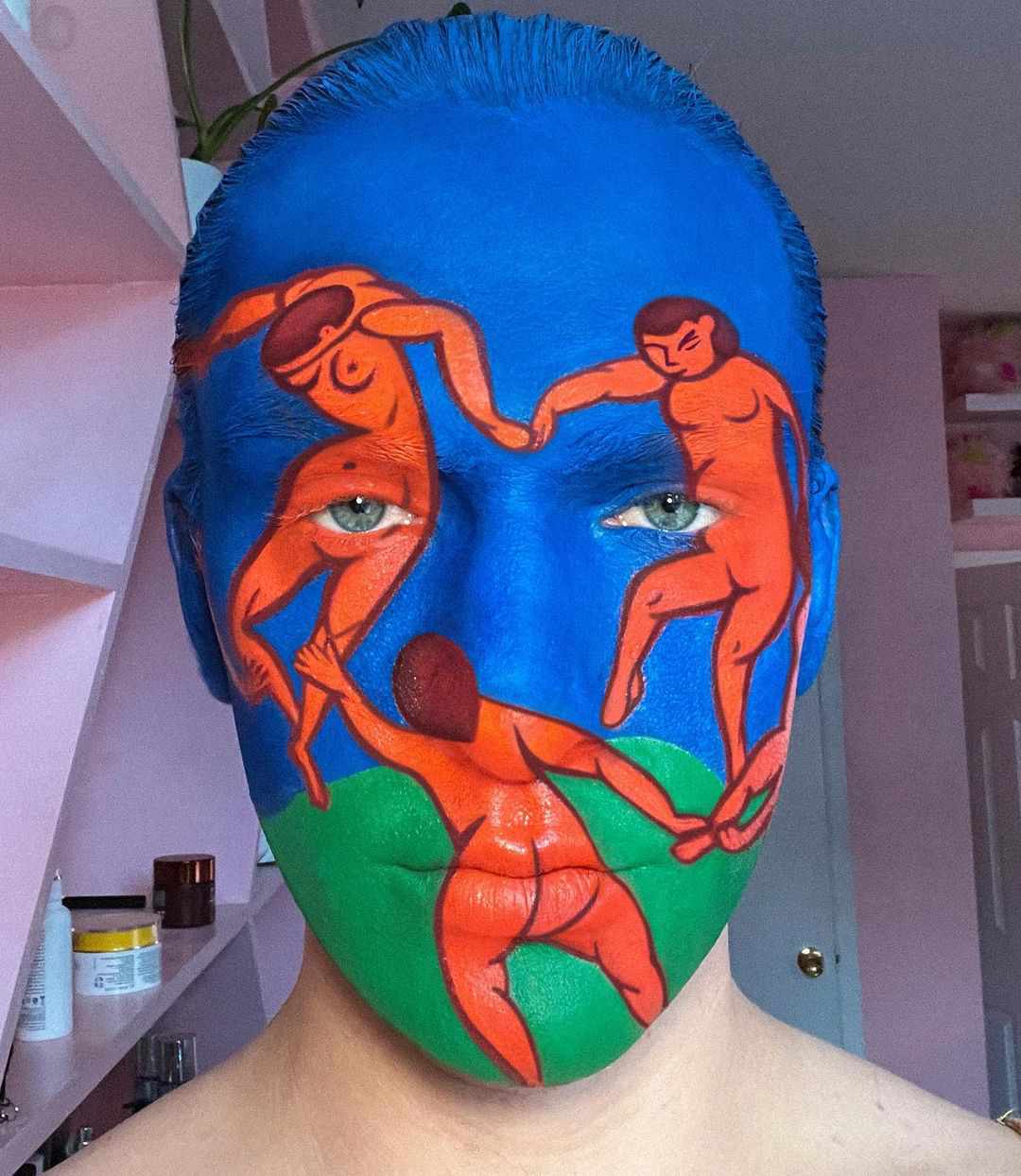
@laurelcharleston
Saying, "If you decide to just put an orange shape on your face, that is also political," especially when those orange shapes are on celebrities like Doja or Martinez. "I'm showing people that even, even just like myself as a trans woman, like me doing work on celebrities is inherently political because I am a trans woman beautifying and transforming celebrities in pop culture," a role trans women are overwhelmingly still not welcomed in with open arms.
Charleston hopes that her work pushes nails home that "The idea that women have to wear makeup to be pretty…and you have to conform to these very rigid standards of beauty is oppressive."
And through her work in the world of celebrities and fashion, people realize, "Women do not owe you hotness. No one owes you hotness. Women do not owe you the ability to be pretty. No one owes you anything, and how a woman expresses themselves and chooses to express themselves is for them and them only; they're not doing it for you, and you have no right to comment on it."
15 Black Makeup Artists Who Are Changing the Game

